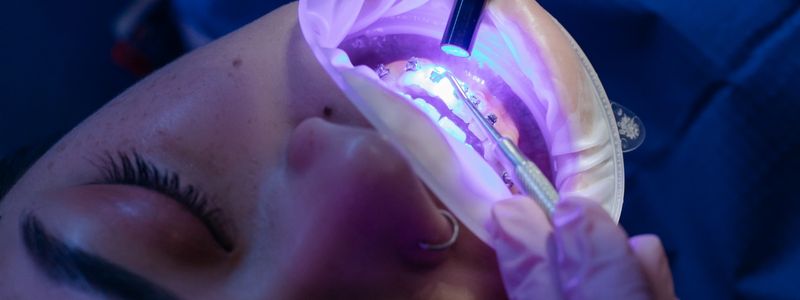
Dental Treatments
Oral hygiene and dental health should never be overlooked, as they are fundamental to overall well-being. The health of your teeth and mouth is essential for a healthy body. Beyond their role in the digestion of food, teeth also significantly contribute to cosmetic appearances. A smile adorned with well-maintained teeth is a valuable asset and has the potential to create opportunities.
Proper oral hygiene practices, including regular brushing, flossing, and dental check-ups, are crucial for maintaining healthy teeth and gums. By practicing good oral hygiene, you can prevent common dental issues such as cavities, gum disease, and bad breath. These preventive measures contribute to the overall health of your body, as oral health is closely linked to general health and well-being.
In addition to their functional importance, teeth also have a significant impact on aesthetics. A healthy and attractive smile can boost self-confidence, improve interpersonal interactions, and enhance one’s overall appearance. It can create positive impressions and open doors in personal and professional settings.
Recognizing the value of oral hygiene and dental health goes beyond the benefits of digestion and cosmetic appeal. It encompasses the broader impact on your overall health, confidence, and quality of life. By prioritizing dental care and maintaining good oral hygiene practices, you lay the foundation for a healthy body and a captivating smile.
Orthodontics is a special field of dentistry which deals primarily with the diagnosis, prevention and correction of mispositioned teeth and misaligned jaws. Orthodontic treatment can focus on dental displacement only, or deal with the control and modification of facial growth (dentofacial orthopedics). Various prosthesis can be used including dental braces, dental plates, retainers, headgear, etc. In diagnosis and treatment planning, the orthodontist must:
- Recognize the various characteristics of a malocclusion or dentofacial deformity;
- Define the nature of the problem, including the etiology if possible;
- Design a treatment strategy based on the specific needs and desires of the individual; and
- Present the treatment strategy to the patient in such a way that the patient fully understands the ramifications of his/her decision.
Who Needs It?
Occlusion problems occur when there is too much space between upper and lower teeth when mouth is fully closed, when your lips are not parallel when you close your mouth, or when there is too much or too little space between the neighboring teeth. If you have any of these conditions, you are a candidate for orthodontic treatment.
Although best results are achieved in pediatric and young adult age groups, elderly people can also benefit from orthodontic treatment.
Treatment Methods
After the diagnosis of the problem, various prosthesis such as dental braces, dental plates, retainers, headgear, etc. can be used according to problem. Some of the prostheses such as dental braces will need to be done in dental laboratories according to your measurements. Additionally, once a prosthesis is applied, periodic controls and adjustments are needed according to the abnormality. These adjustments can be done in your home country as well as in Turkey.
Important points/Adverse Effects
If you have any allergies, you must inform your physician so that these materials are not present in your prosthesis. Apart from this, there are no adverse effects or contraindications of orthodontic treatment.
Who Needs It?
Since the major concern is aesthetics, anyone who is not happy with the look of their teeth or smile is a candidate for aesthetic dental treatment. However, aesthetic dentistry other than descaling and cleaning operations are not available to pediatric or preadolescent-adolescent age groups since these patients are still growing and most of their problems can be managed by orthodontic treatment.Treatment Methods
Treatment methods differ very much and depend on what you want to achieve. Bleaching, porcelain laminate application, laser application, worn teeth restoration and treatment are only a few to name.Important Points / Adverse Effects
Porcelain inlays, coatings, laminates and composite fillings are much more durable and longer lasting than they were 10-15 years ago, but they are not indestructible or everlasting. They may crack or break, and fillings may still become loose. You should keep in mind that the treatment may need restoration or maintenance after 15-20 years, and poor hygiene and/or the drinking of corrosive drinks may shorten this period further.Important points / Adverse Effects
Most people are good candidates to get dental implants. You must have enough bone in your jaw to allow an implant to be placed in the jawbone. You should be free of periodontal disease. Implants are not recommended for:- People who have autoimmune diseases or take medicines used for these conditions
- People who have had radiation therapy to the head and neck
- People with uncontrolled diabetes
